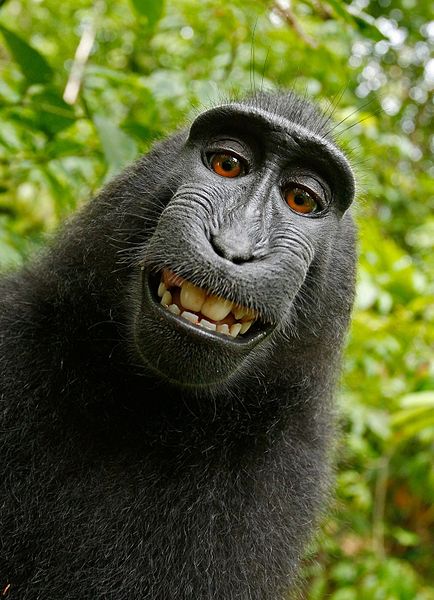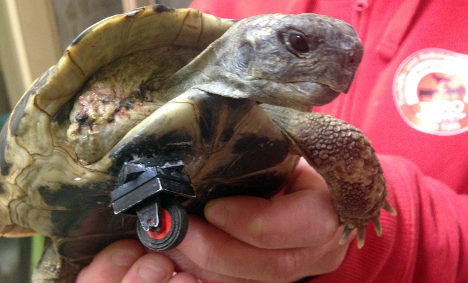The U.S. Copyright Office has finally settled the dust-up over the so-called monkey selfie. Updated rules on copyright practice published this week concludes that only humans can own the copyright to works of art. And so, any piece of content produced by an animal, whether it’s a mural painted by an elephant or a selfie taken by a monkey, can’t be registered.
The debate was sparked after a Wikimedia, the non-profit foundation behind Wikipedia, posted the photo of a monkey that had taken its own picture in Indonesia in 2011. A female macaque monkey got ahold of the camera belonging to British wildlife photographer, David J. Slater, and snapped away.
One of the photos became particularly popular and earned Slater some cash. It was also posted to Wikimedia Commons, a warehouse of images that are available for the public to use “on the basis that the image was not created by a human and that therefore nobody holds copyright in it.” Slater asked Wikimedia to remove it, but Wikimedia refused and it’s still there.
 And so, the Copyright Office weighed into the debate specifically outlining that it “will not register works produced by nature, animals or plants.”
And so, the Copyright Office weighed into the debate specifically outlining that it “will not register works produced by nature, animals or plants.”
Ghosts and goblins are also out of luck.
“The office cannot register a work purportedly created by divine or supernatural beings, although the office may register a work where the application or the deposit copy(ies) state that the work was inspired by a divine spirit.”
The office has long maintained that only works “created by a human being” can be registered for copyright.
h/t NBC Photos David J. Slater/Caters News Agency/Wikimedia






Comments